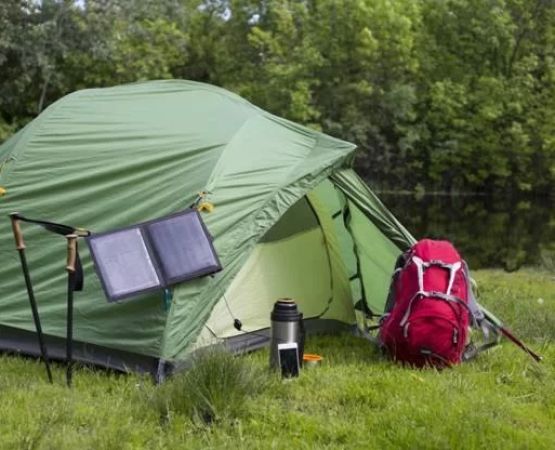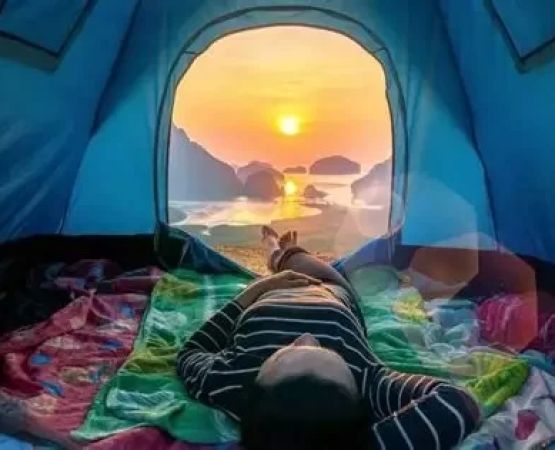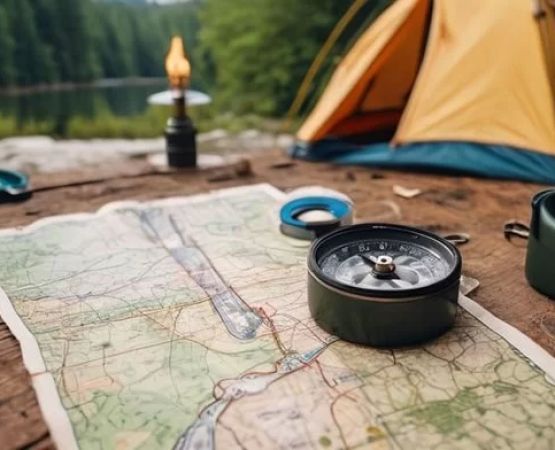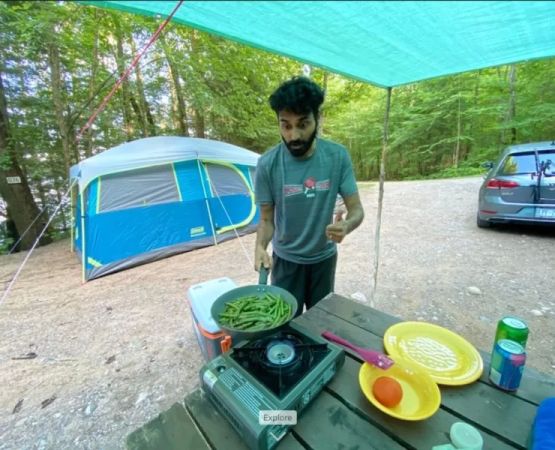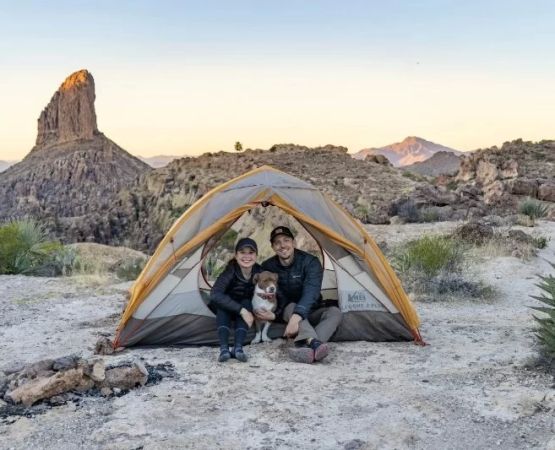Rock Climbing and Camping Trips: Adventure Awaits
- Why Rock Climbing and Camping is the Perfect Combination
- Top Destinations for Rock Climbing and Camping
- Essential Gear for Rock Climbing and Camping Trips
- Real-Life Stories of Rock Climbing Adventures
- How to Plan Your Rock Climbing Camping Trip
1. Why Rock Climbing and Camping is the Perfect Combination
For adventure enthusiasts, few activities rival the thrill and sense of achievement that come with rock climbing and camping. These two outdoor activities complement each other perfectly, offering not only physical challenges but also a chance to immerse yourself in nature. Combining rock climbing with camping gives you the opportunity to explore rugged terrains, camp under the stars, and push your limits while being surrounded by the beauty of the outdoors.
Rock climbing offers an adrenaline rush, while camping provides a chance to relax and unwind after a day of physical exertion. The freedom of camping allows you to enjoy quiet evenings, share stories around the campfire, and bask in the serenity of nature—making it the perfect way to extend your rock climbing experience into a multi-day adventure.
2. Top Destinations for Rock Climbing and Camping
2.1. Joshua Tree National Park, California
Joshua Tree is a renowned rock climbing destination that offers some of the most iconic climbing routes in the world. Known for its stunning desert landscapes, the park features over 8,000 climbing routes and provides a unique combination of easy and challenging climbs for all skill levels. The park also offers plenty of camping options, with both tent and RV campsites, making it an ideal place to enjoy a combination of rock climbing and camping.
2.2. Yosemite National Park, California
Yosemite is a bucket-list destination for rock climbers worldwide, offering famous climbs like El Capitan and Half Dome. Aside from its world-class climbing routes, Yosemite provides some of the most beautiful campgrounds, nestled in the valley surrounded by towering granite cliffs. Whether you’re a beginner or an advanced climber, Yosemite offers everything from bouldering to multi-pitch routes, and its campgrounds provide a relaxing retreat after a day of climbing.
2.3. Red River Gorge, Kentucky
Red River Gorge, located in the Daniel Boone National Forest, is a hidden gem for rock climbers, known for its sandstone cliffs, arches, and overhanging routes. The area is perfect for those seeking a mix of sport and trad climbing. After a day of climbing, you can camp in the nearby state parks, which offer scenic and rustic camping experiences. The gorge is also home to the world-famous “Motherlode” climbing area, where you’ll find climbs that will test your skills and stamina.
2.4. Moab, Utah
Moab is another top rock climbing destination, with its breathtaking red rock formations and diverse climbing areas. Popular spots like Arches National Park and Canyonlands National Park offer stunning routes for climbers. After exploring the rocks, Moab has numerous campgrounds in both national parks and nearby BLM land. With its epic views and varied climbing options, Moab is a paradise for climbers and campers alike.
3. Essential Gear for Rock Climbing and Camping Trips
3.1. Rock Climbing Gear
When combining rock climbing and camping, having the right gear is essential. Key rock climbing gear includes a harness, ropes, carabiners, climbing shoes, chalk bag, and a helmet. Depending on the climbing routes, you may also need additional protection gear like cams, nuts, or quickdraws. Ensuring your climbing gear is comfortable, durable, and properly fitted will improve your performance and safety.
3.2. Camping Gear
For camping, you’ll need a lightweight and weather-appropriate tent, sleeping bag, and sleeping pad. A good camp stove and cookware are essential for preparing meals, and a portable water filter can help you stay hydrated. Don’t forget to pack headlamps, a first aid kit, and clothing suited for the varying conditions you might encounter on your trip. Depending on your destination, layering clothing is crucial for handling changes in weather during the day and night.
3.3. Safety and Emergency Gear
While rock climbing and camping are exhilarating, it’s important to be prepared for emergencies. Always carry a portable charger for your phone, a whistle, and a map or GPS device. It’s also a good idea to bring a satellite phone or emergency beacon in remote areas. If you’re new to the area, consider hiring a guide or going with an experienced climbing partner.
4. Real-Life Stories of Rock Climbing Adventures
Take the story of Tom and Lily, a couple who decided to combine rock climbing with camping for their summer vacation. They chose Yosemite for its iconic climbs and stunning campgrounds. After a day of climbing the famous El Capitan, they returned to their campsite, where they shared a campfire meal under a starlit sky. The experience was a perfect blend of physical challenge and relaxation, with the wilderness providing a sense of peace and accomplishment.
Another story comes from Jack, a seasoned climber who had always wanted to tackle the sandstone towers of Moab. After a week of climbing and camping in the area, he shared how the beauty of the desert landscape and the unique rock formations added an element of serenity to his otherwise adrenaline-fueled days. For Jack, the connection between rock climbing and camping went beyond just the physical challenge; it was about embracing nature and experiencing a truly unforgettable adventure.
5. How to Plan Your Rock Climbing Camping Trip
5.1. Research Your Destination
Before embarking on your rock climbing and camping trip, research your destination thoroughly. Understand the terrain, the difficulty level of climbing routes, and the camping regulations. Some climbing areas require permits or reservations, especially during peak seasons. Make sure to check weather forecasts and local conditions, as they can change quickly in mountainous or remote areas.
5.2. Know Your Limits
It’s important to choose climbing routes that match your experience and fitness level. If you're a beginner, start with simpler routes and gradually build your skills. Always climb within your limits to reduce the risk of injury. If you're unsure about the difficulty of a route, consider taking a lesson or hiring a guide to help you navigate the challenges safely.
5.3. Book Accommodations Early
Many popular climbing and camping destinations can get crowded, especially during peak seasons. Be sure to book your campsites or accommodations well in advance. Some areas also offer “backcountry camping” for a more secluded experience, but these spots require permits and advanced planning.

